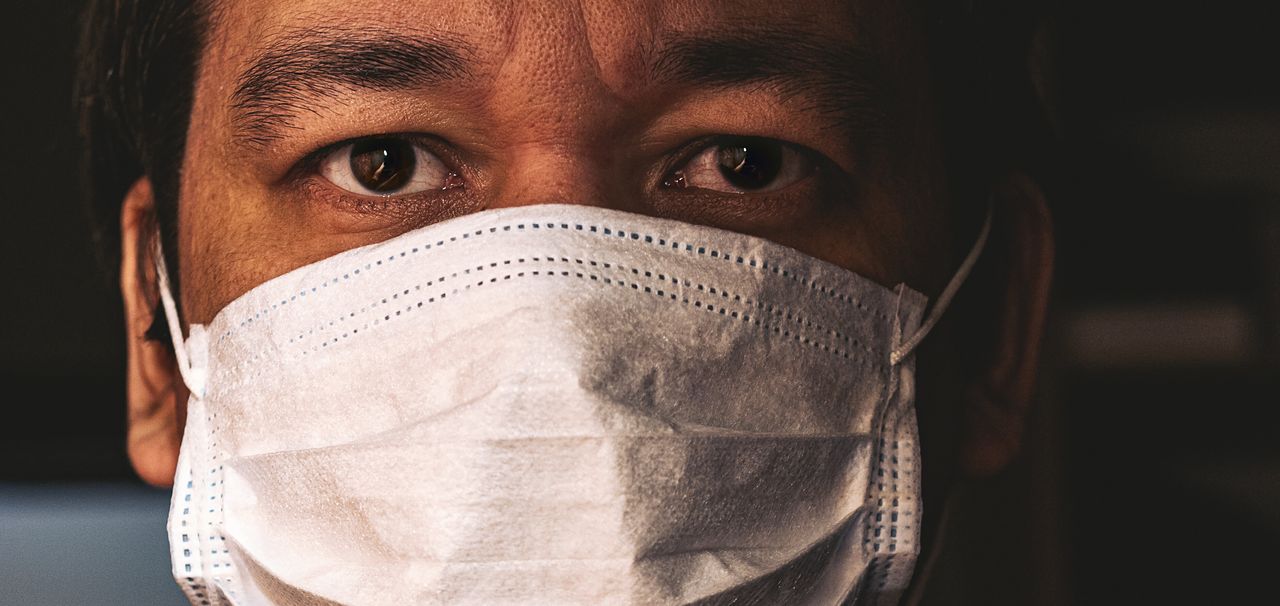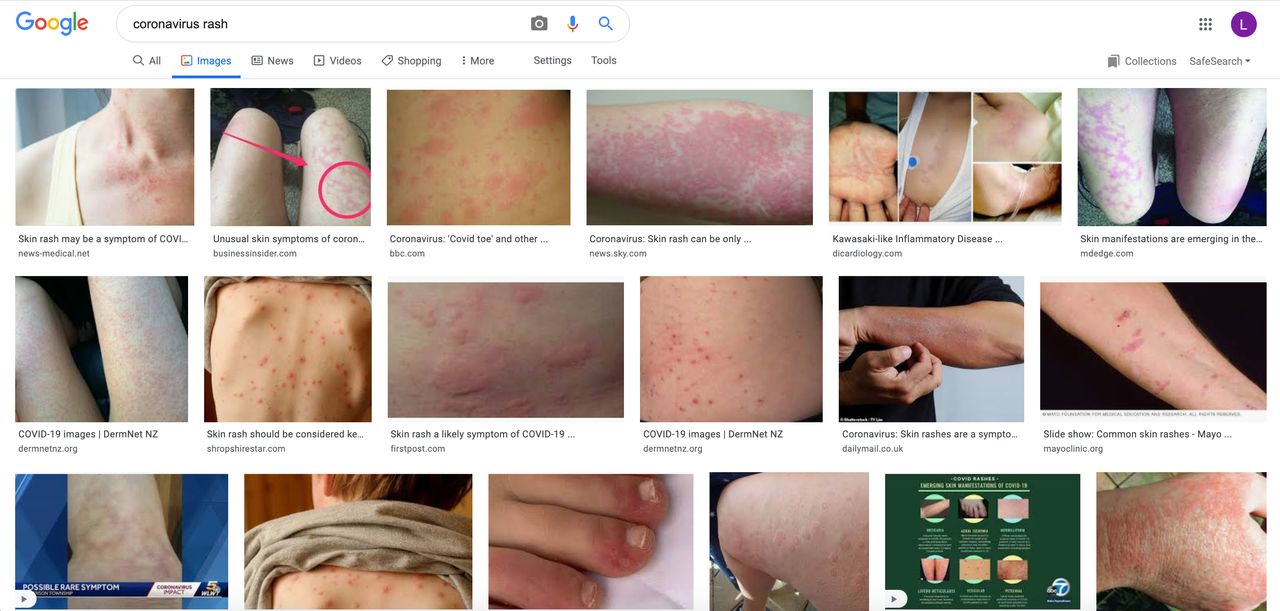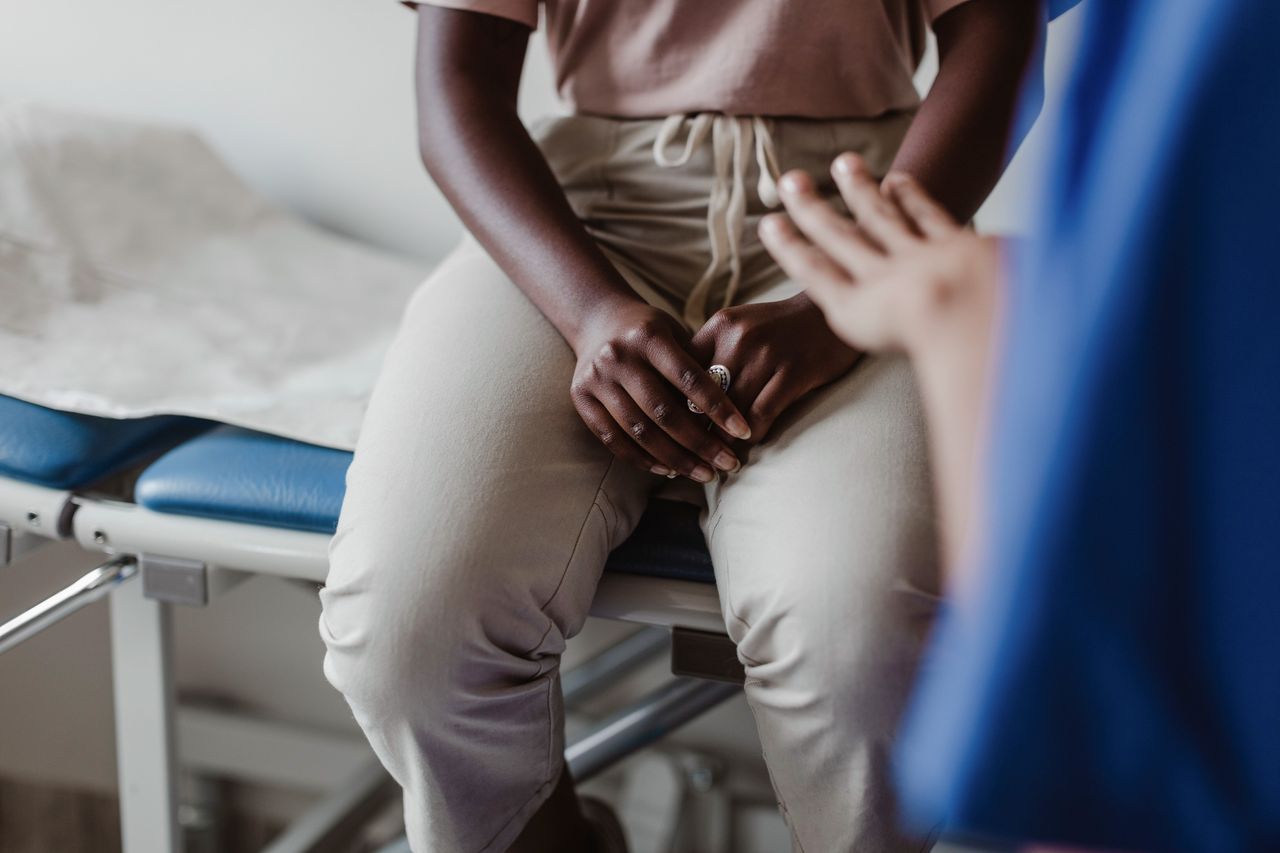Get the latest on coronavirus. Sign up to the Daily Brief for news, explainers, how-tos, opinion and more.
A “whitewashed” medical curriculum could be putting Black, Asian, and minority ethnic (BAME) communities at greater risk of coronavirus as well as other serious – and potentially fatal – health conditions, doctors have said.
Rashes are considered a “key diagnostic sign” of coronavirus, and so a lack of representation of Black and brown skin in images of Covid-19 symptoms means doctors could be unable to identify the virus in BAME patients.
In some cases, a Covid-19 rash can occur on its own and without any of the other symptoms of the virus such as a continuous cough, fever, or loss of smell.
One study showed almost one in five (17%) who had tested positive for coronavirus reported a rash as the first symptom of the disease. Among those who reported a rash – and were confirmed as having coronavirus – 21% said it was their only symptom.
Meanwhile, official Public Health England (PHE) research has shown BAME people in Britain are being disproportionately affected by the pandemic and are more likely to die of coronavirus than their white counterparts.
Despite this, research has shown an overwhelming lack of diversity in images showing coronavirus-related skin manifestations. One study that looked at 130 published clinical photos found not even one featuring dark skin.
“This is a problem because skin disease often presents differently in skin of colour,” the study said. “It may make identification of Covid-19 presenting with cutaneous manifestations more difficult for both dermatologists and the public.”

Google “Covid-19 rash” and almost every single result shows pink or red bumps and hives on pale, white skin. In fact, type in “rash” and the first couple of hundred search results all show light skin.
This absence of images of Black and brown skin in clinical teaching has a very real impact on how doctors might later diagnose patients, said Khadija Owusu, director of programmes at Melanin Medics.
“A couple of months ago it dawned to me that the medical curriculum is whitewashed,” Owusu – herself a fourth-year medical student – told HuffPost UK.
“We were given a handbook from the British Association of Dermatologists where all the images were of white skin. There were no diverse images showing psoriasis, eczema, rashes like measles or rubella, and skin cancers.”
“For a rash on white skin, I would probably be able to identify what it meant. But on darker skin, I would actually struggle to identify what kind of rash it was.”

Experts have pointed to the lack of diversity in clinical photos as one reason conditions such as Lyme disease, spider bites, and even cancers can go misdiagnosed in BAME patients.
In the US, for example, the estimated five-year melanoma survival rate for Black patients is only 70% – compared to 94% for white patients.
Dermatologists have suggested these high melanoma mortality rates may be “driven by a lack of representation and data in awareness campaigns, in clinical research, and in the field of dermatology itself”.
The lack of diversity in the medical curriculum could “definitely” influence how a doctor might recognise a coronavirus-related skin condition, according to Owusu.
“If we’re having these issues with misdiagnoses, then that’s absolutely a possibility. [With coronavirus] the likelihood is even higher because Covid is new and research is still underway.”
The language used to describe Covid-related skin conditions is also “very, very important”. Doctors who are being taught to look out for “pink or white raised areas of the skin” or “red bumps” might not recognise these on dark skin, on which such conditions could present very differently.
“If you send that to a dermatologist who is seeing a patient with potential Covid, all of a sudden that patient might get dismissed. Eventually, it could lead to that person dying – and that shouldn’t be happening,” Owusu added.
If medical students aren’t being taught essential knowledge that is inclusive of BAME communities, then patients could often be “met with bewilderment or confusion,” said Taiwo Oki, co-founder of BME Medics.
“The patient in front of them could be the first time they are seeing this,” Oki told HuffPost UK. “Doctors may not easily identify the diagnosis, delaying crucial management. This can result in poorer prognosis and reduction in overall quality of care.”
Although “no conclusive results can be made” yet between unrecognised biases in the medical curriculum and Covid-19 in BAME communities, “certain skin rashes that are now being linked to Covid-19, for example in Kawasaki-like disease in children, could manifest in the BME community, but are misinterpreted”.

The coronavirus pandemic has been the “magnifying glasses we’ve all needed to admit to the ongoing racial disparities in healthcare – not genetics,” Dr Victoria Onyeka of the Black Medical Society said.
“Western medicine was focused on improving the health of those in the west: Caucasians.
“This was and is still reflected in the medical curriculum and public health information, and contributes lately to the reason for the disparities in health care we see.”
Many clinical signs are used as early markers of disease, especially life-threatening diseases like sepsis, hypoxia, jaundice, ischaemia.
Doctors and nurses who have not been taught to recognise these clinical signs will then be “left to guess-diagnose non-white patients”.
The Black Lives Matter movement has prompted growing calls within the medical community to diversify teaching at medical schools in the UK and in clinical textbooks.
In July, a second-year medical student from St George’s, University of London produced a handbook to show how clinical signs appear on Black and brown skin.
Speaking to HuffPost UK, Malone Mukwende said he created “Mind The Gap” after noticing he was taught about signs and symptoms on white skin.
“On arrival at medical school, I noticed that we weren’t really taught that much or we could be being taught more information about how things present on darker skin. I made it my personal mission to find out a way that we could do this.”
A lack of exposure to a diverse patient population in the medical curriculum “absolutely” leads to gaps in clinical knowledge, said Jia Ahmad, a medical student and policy analyst at the Johns Hopkins Bloomberg School of Public Health.
“Many students are primarily taught how rashes present on white skin, which may lead to important delays in diagnosis later in their careers,” she told HuffPost UK.
“To change this, we need research on diverse patient populations, educational standardisation of teaching on disease presentation among diverse populations and faculty who are able to teach these topics.”
A petition calling for the General Medical Council (GMC) to include ethnically diverse examples of case presentations has received almost 200,000 signatures.
“White normativity in medical teaching means that medical students are often unprepared in recognising signs of certain diseases in BAME patients that do not present in the same way as white patients and/or are not as clinically obvious,” the petition reads.
“Representation can quite literally save lives.”
